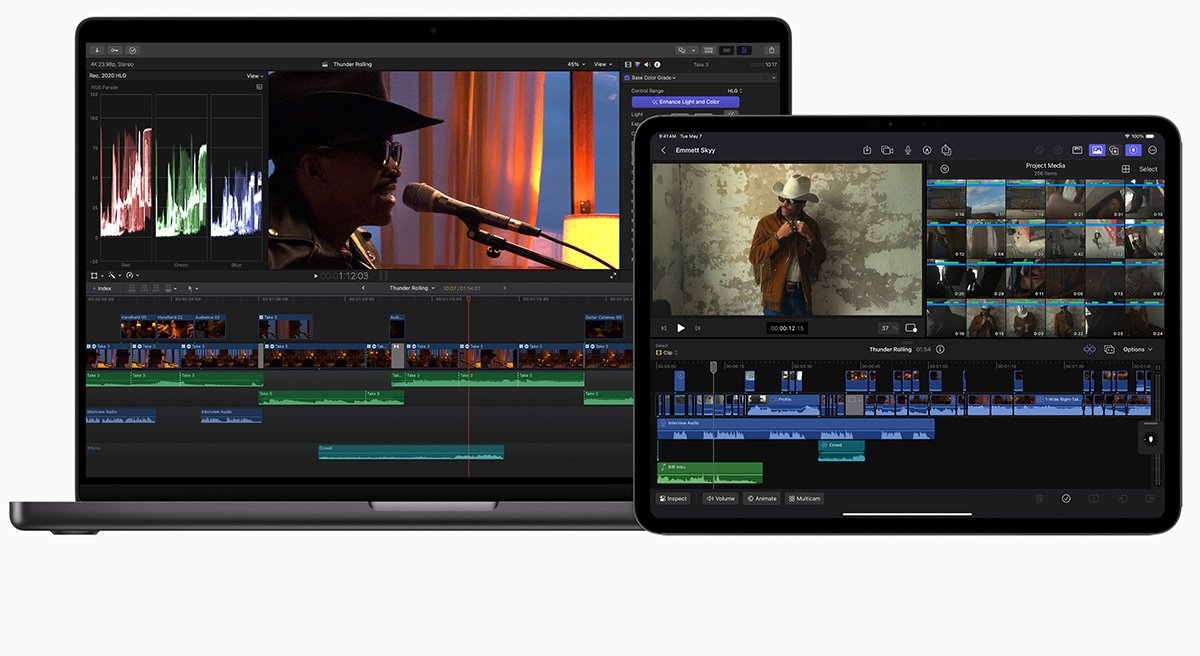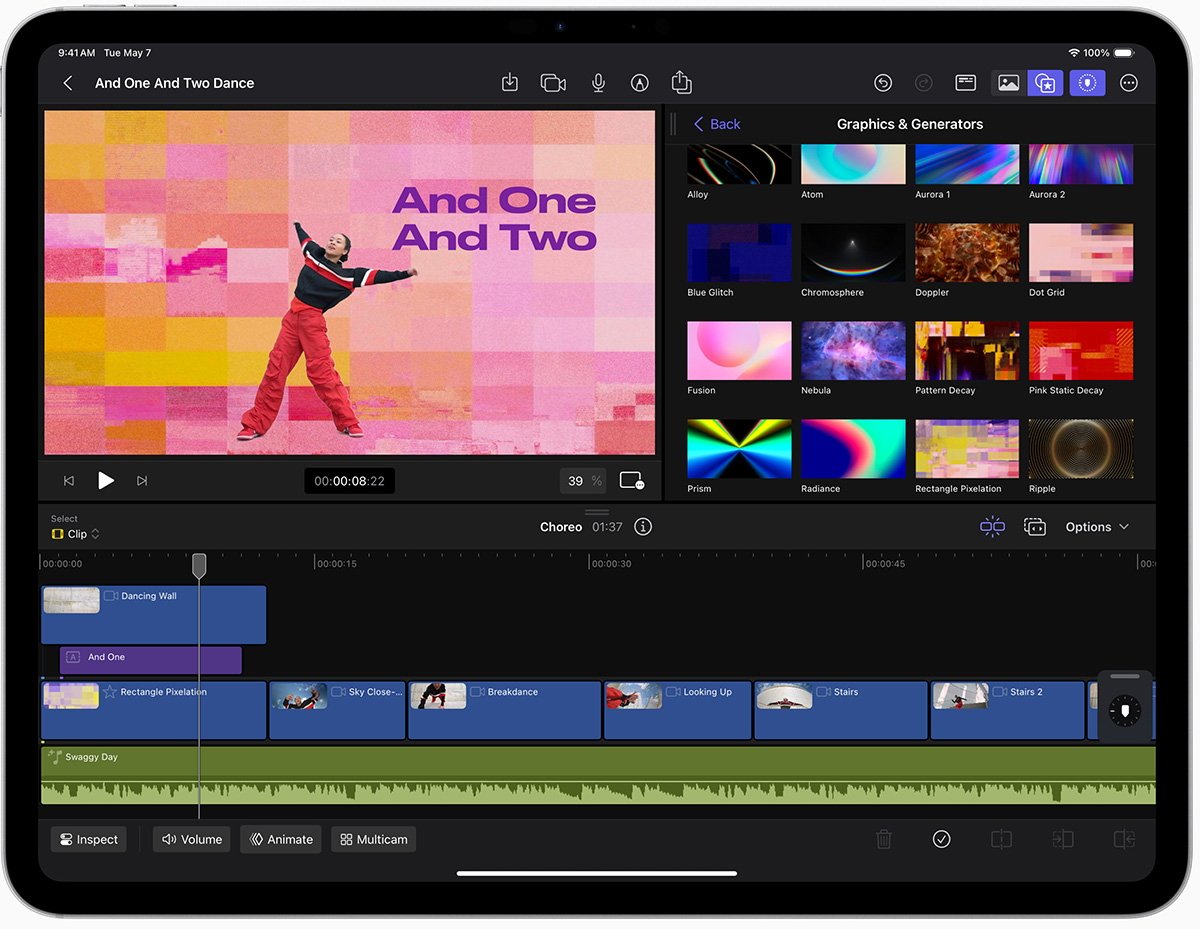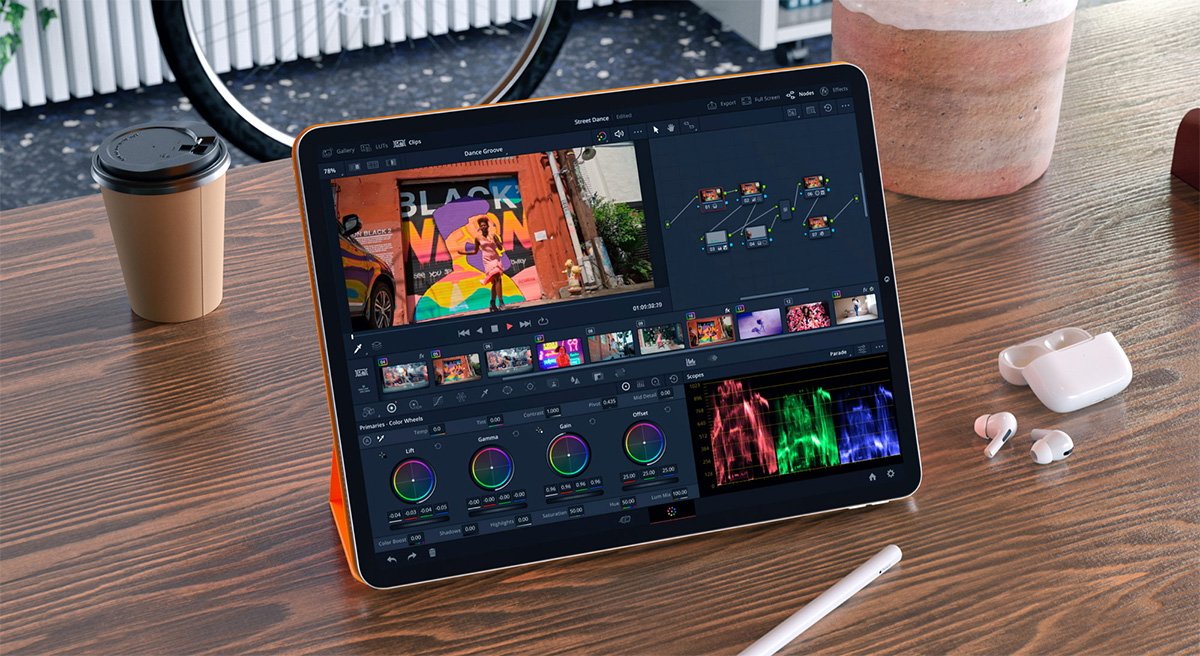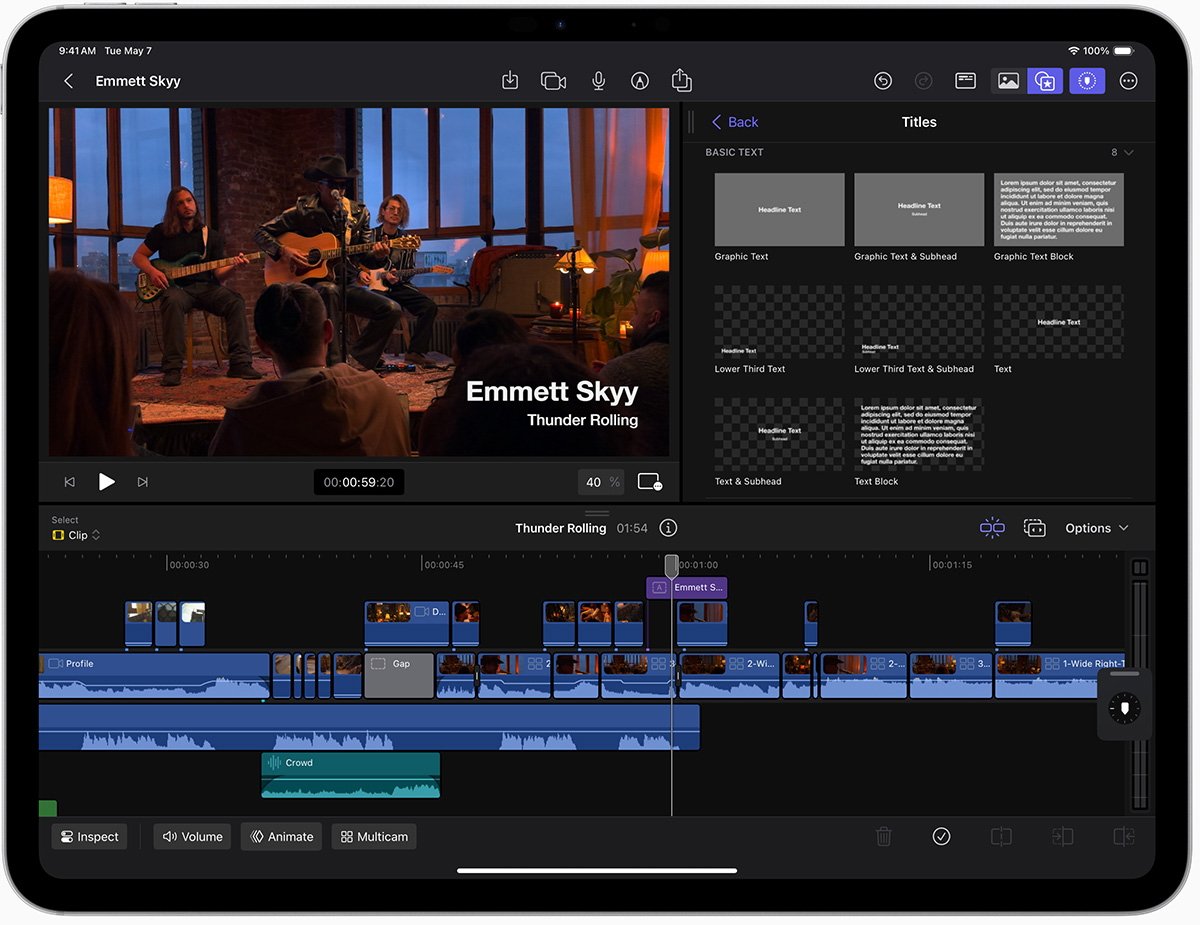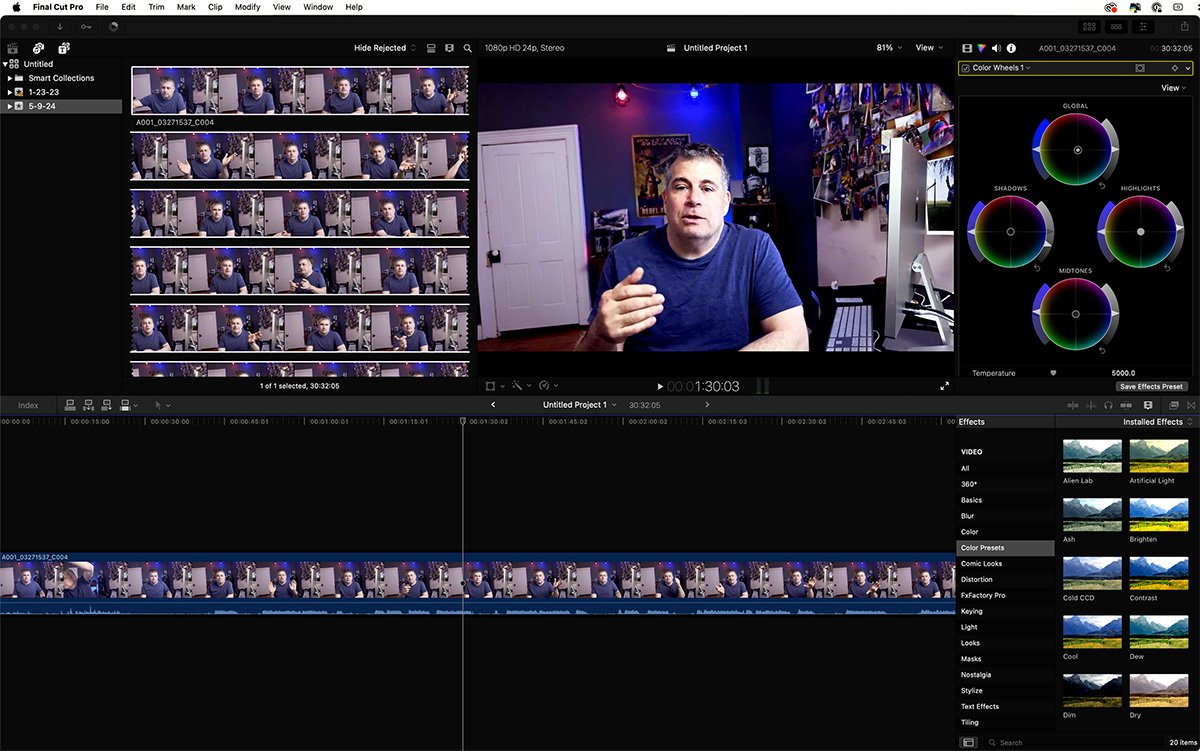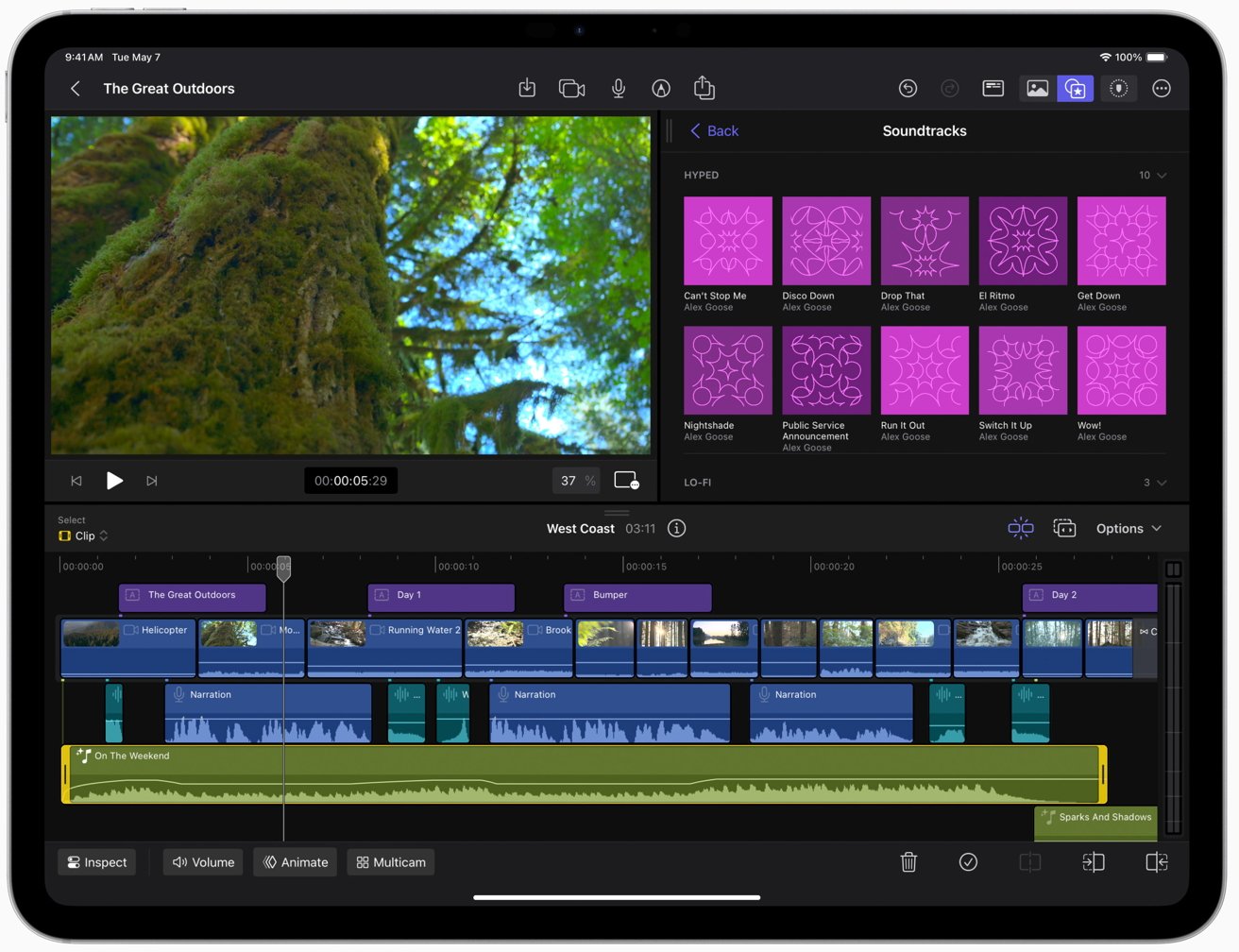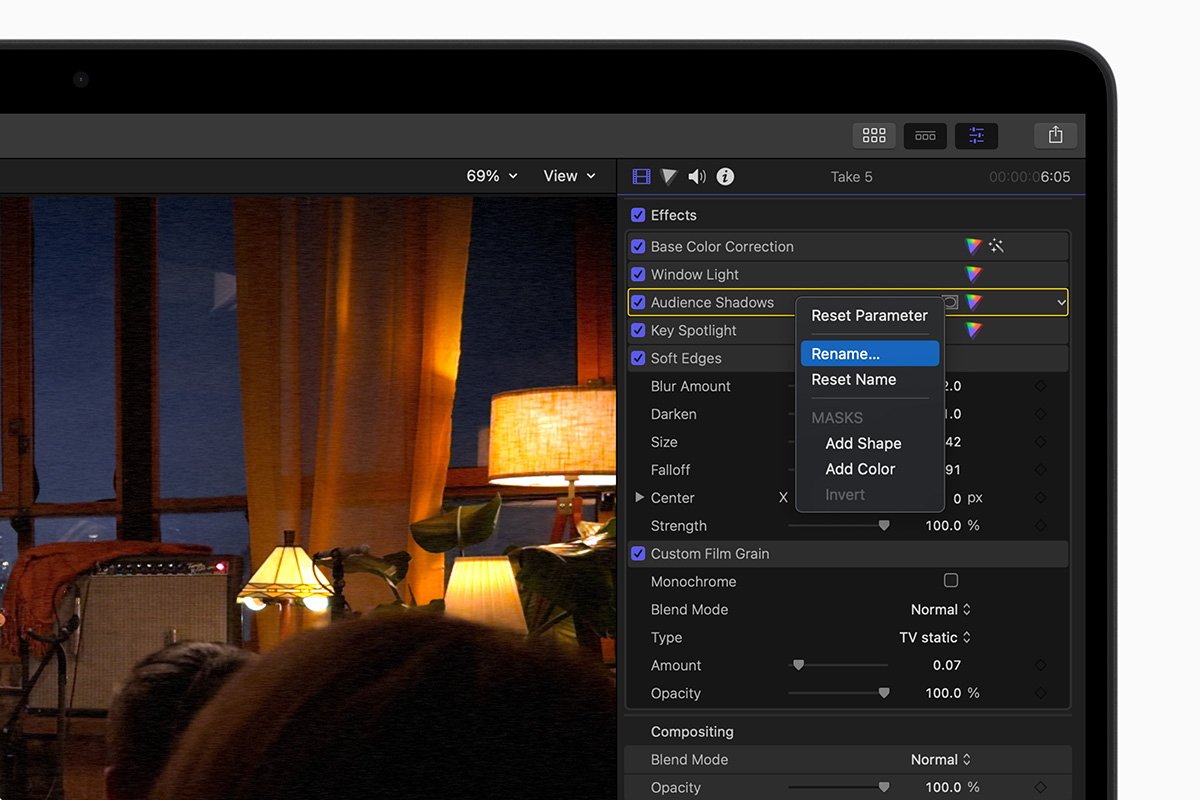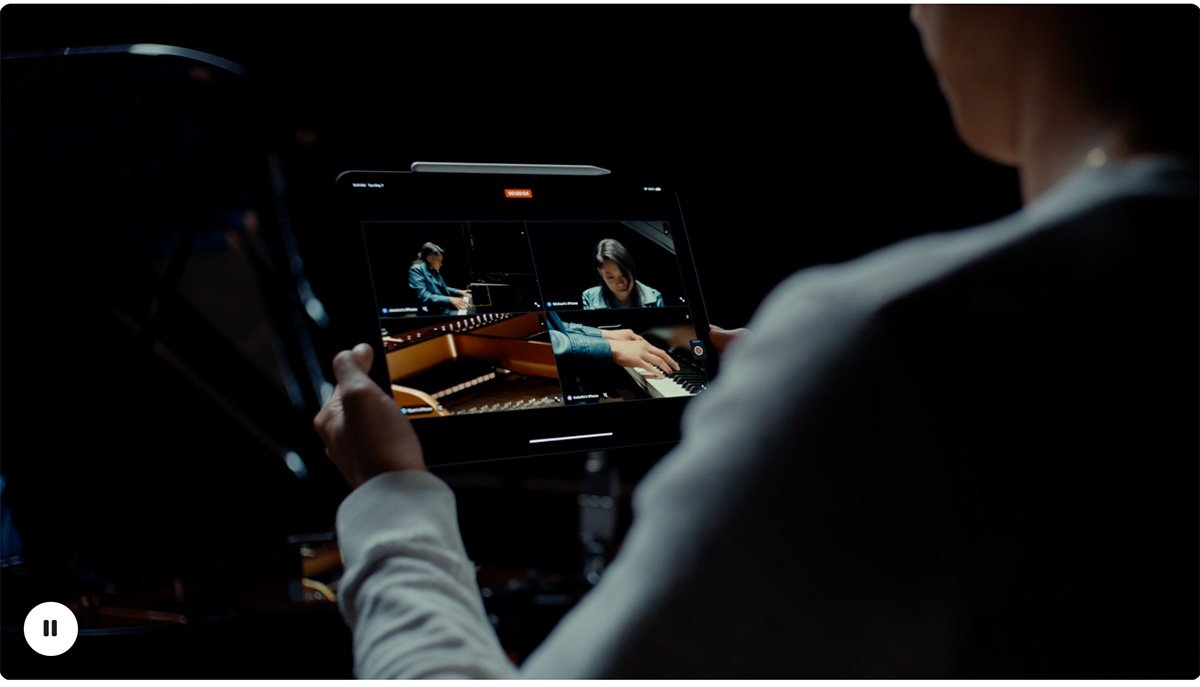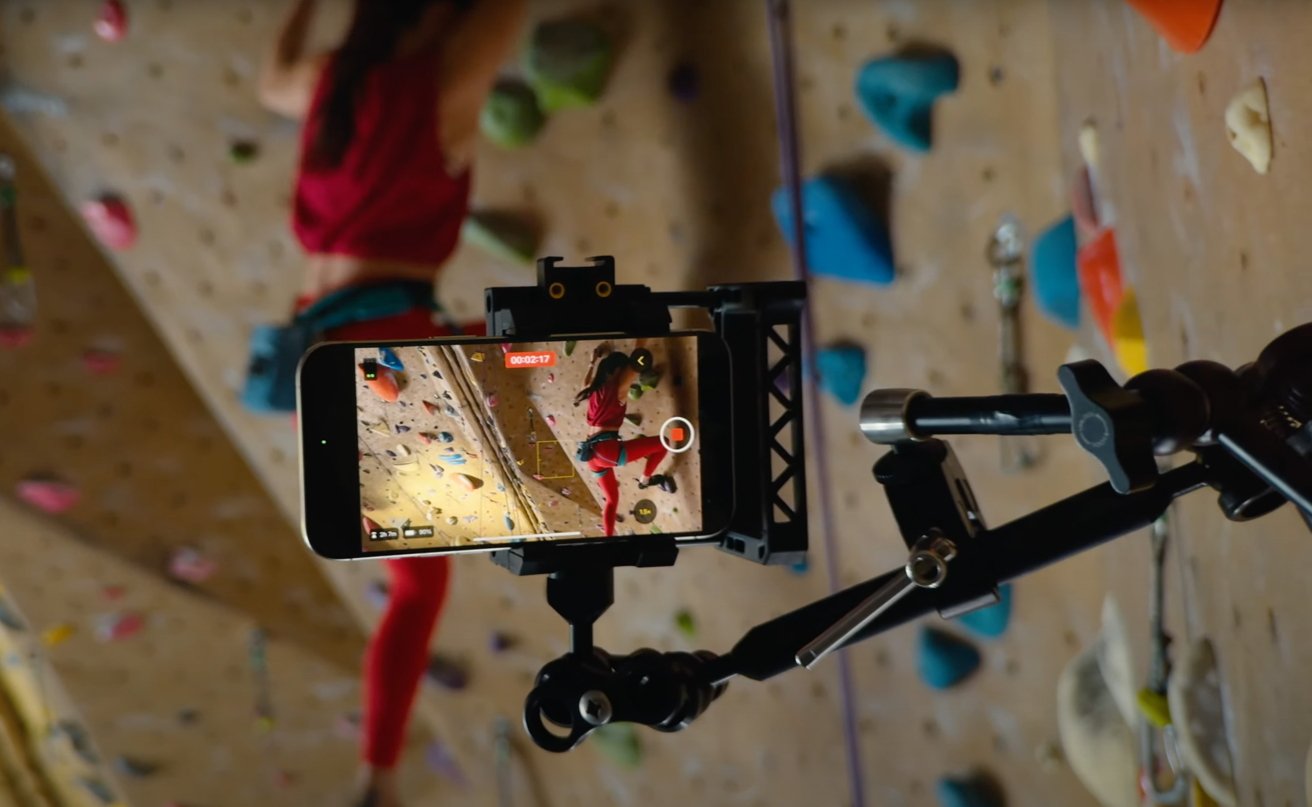Alongside the launch of the new iPad Air and iPad Pro lineups, Apple showed off updates to Final Cut Pro for iPad and macOS — but they do not have the same feature set. Here are the key differences, and things to watch out for.
Final Cut Pro for iPad 2 is a major shift in the use of the iPad editing tool, while Final Cut Pro 10.8 is a modest upgrade. The result is two different tools with different tools, sharing the same name.
While competitors have added many AI and workflow improvement tools, such as transcript-based editing, advanced subject tracking and masking, and more, to their desktop versions, Apple seems to focus most of its effort on the iPad version.
To determine which app — or if both apps — are right for you, it’s key to walk through the history of the apps, their differences, and, more importantly, their unique strengths.
Apple’s awkward naming decision is a problem for users
I’ve been using Final Cut Pro for years — first exclusively and now as one of the tools in my editing arsenal — and, like many users, have been hoping for major updates. I also use the iPad version and appreciate updates, but they are increasingly becoming two different tools.
Final Cut Pro for iPad 2 adds new features that take the mobile app in a much different direction than the Mac version. The iPad version now features mobile capture that would be difficult to achieve on the Mac.
In other words, Final Cut Pro for iPad and Final Cut Pro for desktop are two different video editing systems that share the same name but have different audiences and features.
Adobe avoided this problem by labeling the mobile-only version of Premiere “Premiere Rush.” It might have made sense if Apple dropped Pro from the iPad version instead of tacking iPad onto the end of the name.
BlackMagic’s DaVinci Resolve video editing suite took a different approach than Adobe or Apple by making the iPad version as close to the desktop version as possible.
The iPad version of Resolve lacks some desktop features, but it is incredibly similar, mostly a scaled-back variant that addresses different user interface experiences.
Processing power likely contributes to the features the iPad version of Resolve lacks, so it will be interesting to see how the new M4 iPad Pro affects development.
History and development of Final Cut Pro and Final Cut Pro for iPad
Final Cut Pro (FCP) has been part of Apple’s flagship professional creator tools for over two decades, but it only came to the iPad in May 2023. Almost a year later, Apple has just released Final Cut Pro for iPad 2.
During the same product launch as Final Cut Pro for iPad 2, Apple also announced that Final Cut Pro for Mac would be updated from version 10.7 to 10.8. As the point release indicates, this update doesn’t include changes to the core functionality but adds some AI-driven features.
Final Cut Pro for iPad did not offer feature parity with the Mac version at its launch. The discrepancy between the two was not particularly surprising. FCP is a massively complex program with decades of development and uses significant processing horsepower to produce feature-length projects.
Apple is capitalizing on these differences and is using the iPad version to showcase the power of devices like the M4 iPad Pro. However, the different naming conventions and lack of a clear comparison guide can be confusing.
At the risk of being overly simplistic, it’s good to think of Final Cut Pro for iPad as a solution for the mobile-specific editor. Final Cut Pro for Mac is a tool for more advanced video editing. The type of content being created should be a guide as to which version to use.
Hardware differences drive different capabilities
Before discussing the software differences, it’s important to note that the launch of Final Cut Pro for iPad 2 showcases the power of the iPad Pro and the advantages of an all-in-one mobile device.
The new iPad Pro features a cutting-edge screen that Apple calls Tandem OLED. By sandwiching two OLED panels together, the new iPad Pro has an outstanding range of colors.
The new iPad Pro’s color fidelity is remarkable for video editors. The display faithfully reproduces standard dynamic range (SDR) and High Dynamic Range (HDR) content.
As the name implies, SDR content is designed for playback on traditional monitors and TVs, while the wider range of colors in HDR content requires more advanced displays, like those in the iPad Pro, the iPhone Pro, and many 4K TVs.
The problem with HDR displays is that you need one to adjust colors and evaluate playback. Stand-alone HDR displays can be expensive, but the iPad Pro satisfies both needs. The new iPad Pro can evaluate HDR footage since the iPad can be used as a secondary display for the Mac.
Final Cut Pro for iPad vs. Final Cut Pro for Mac
It’s best to discuss the basic differences between the two platforms to understand the growing differences between Final Cut Pro for iPad 2 and Final Cut Pro for Mac.
It’s easiest to start by discussing what Final Cut Pro for iPad is missing relative to the Mac version, as the omissions are more noticeable than the similarities.
Organization
FCP for Mac organizes work in libraries that can hold events and projects. The larger library is a core organizational tool. The library system allows editors to make different silos for things like clients, jobs, or users.
Libraries, in turn, can contain events and are most often used to organize specific shoots. An event can then contain clips or projects. A project is a single editing session, essentially a single timeline.
The library, event, and project system allows for easy job portability. Any other FCP Mac user can open a Library, which can contain all the original footage for simplicity and efficiency.
I can still access any Final Cut Pro Library I’ve used and start working without hunting for drives or footage because I archived them all as media-containing libraries.
FCP for iPad only has projects, and since the desktop organization is based on libraries, it’s impossible to open a library on the iPad version. This eliminates cross-platform and cross-user collaboration when using the iPad version.
Importing and working with content
FCP for iPad has a similar number of sources used for import but some unique limitations. Media can be imported from internal storage, an externally connected drive, iCloud Drive, and a media card connected by an external reader. However, you can’t import a range of files; it’s all or nothing.
The ability to import from the internal camera is unique to the iPad version (and radically improved with the latest update). Final Cut Pro for iPad’s mobile capture functionality is its defining feature and the direction in which Apple will continue to move.
Starting with the M2 models, the iPad version of Final Cut Pro can be captured in Apple’s high-quality ProRes format, which the iPhone is also capable of. [https://appleinsider.com/inside/iphone-15-pro/tips/how-to-get-the-best-video-capture-possible-on-iphone-15-pro-with-prores]
Color management
Final Cut Pro for iPad 2 has gained some color adjustment tools, but it still lags behind Final Cut Pro. Color adjustment in the iPad version is similar to color adjustment in Photos.
You can manually adjust color with sliders, use a color grading preset (think enhancing highlights or applying a tint to shadows), or add a “color effect,” which is essentially a filter.
The Mac version has more professional color matching and adjustment tools suitable for TV and cinema productions. Users can also use plug-ins and filters to adjust colors more specifically.
Audio editing
Final Cut Pro for Mac has powerful audio tools, and editors can work with dialog and effects. However, Final Cut Pro for iPad has more limited audio capabilities but boasts some excellent features.
Any clip can be assigned to dialog, effects, or music, while the desktop version can make subtitles or edit the names of roles.
The iPad version has ducking, adjusting multiple clips simultaneously, panning, fading, noise removal, and isolation effects to clean up tracks. The Mac’s ability to run plug-ins for audio effects is missing.
Final Cut Pro for iPad 2 and Final Cut Pro for Mac part ways
In the first version of Final Cut Pro for iPad, multicam support was limited compared to the Mac version. In Final Cut Pro for iPad 2, Multicam support received radical improvements. It is the center of the iPad version’s future development and the platform split’s start.
FCP for Mac users have been hoping for a significant upgrade to their editing tool as Final Cut Pro has begun to fall behind competitors. There’s been an uptick in YouTube videos about people switching from Final Cut Pro to Resolve and Premiere.
Version 10.8 adds many quality-of-life improvements and “Leverag[es] the Neural Engine in Apple Silicon” to support AI-based enhancements.
FCP 10.8 enhances support for HDR, RAW, and LOG workflows and can now improve color, color balance, and exposure settings with a single click. Think of this as the Photos enhancement button coming to the video.
The program also gains Smooth Slo-Mo, which uses AI to create smooth motion in clips recorded at normal speed, eliminating jerkiness.
Color correction and events can be dragged from the inspector onto clips to apply them without repeating settings, and a new timeline index allows editors to find clips with missing media to repair projects quickly.
And that, largely, is all for the desktop updates. There’s enough to show that Apple is working on the program, but more is needed to justify a full version upgrade.
I suspect the next major update to Final Cut Pro will happen sometime after Apple’s OS updates bring more advanced AI features to the ecosystem.
Final Cut Pro for iPad gets a new direction for mobile creators
Final Cut Pro for iPad 2 and the release of Final Cut Camera have made the mobile editor a mobile capture tool, with the addition of powerful multicam features.
This functionality finally gives me a reason to upgrade to the mobile version, and it will also make the mobile version more useful for other creators.
Up to four devices (iPhone or iPad) can be connected wirelessly to create one multicam stream, and the settings of each camera can be adjusted from the central editing iPad. Directors can change settings like exposure, focus, and zoom on the fly through the Final Cut for iPad 2 Interface.
Multicam is used occasionally in television production and, to a certain degree, in cinema production. With the support of iPhones and iPads as capture devices, Apple is looking to pioneer a new multicam project.
I believe that the drive here is for streaming content and YouTube development, where channels are getting increasingly sophisticated yet might not have (or want) dedicated editing teams.
With ProRes support already in the iPhone and iPad and the manual controls provided by Final Cut Camera, anyone can suddenly build and edit a multi-camera shoot using nothing more than the gear in their pockets.
Less than a decade ago, Sony, Canon, and others released a stream of compact cameras with built-in webcam abilities, image stabilization, pro-audio support, and advanced color-management tools to help a new generation of creators.
These small creator-focused cameras tackled a problem the smaller content channels faced: making footage that looks as good as possible to capture eyes and subscribers on YouTube, TikTok, and elsewhere.
To my mind, Final Cut Pro for iPad was developed with the same realization that drove the pivot in camera strategy. There’s still a market for a truly professional video editing tool, but online content creators are the new core customer base.
Where does Final Cut Pro go from here
To my mind, Final Cut Pro for iPhone and Final Cut Pro for Mac have two possible trajectories.
The most likely scenario is that Apple keeps adding specialization to each platform and continues to leverage the strengths of the Final Cut Pro ecosystem to integrate both.
In this scenario, Final Cut Pro for iPad will eventually look less like its Mac predecessor and more like its own tool. By going in different directions, the naming choice becomes even more problematic.
This possible future could be right around the corner. Rumors of on-device AI being a major push for Apple starting with iOS 18 and macOS 15, to be announced at the upcoming WWDC event, suggest that the functionality of these video tools could take a sudden leap forward.
AI tools in Final Cut Pro would allow it to at least catch up to rivals in some fundamentally important ways, to the relief of diehard Final Cut Pro users.
The second possibility is that eventually, Final Cut Pro for iPad will absorb the Mac version, bringing feature parity to the mobile version and then some.
This alternate future feels less likely, but there are reasons to suspect it might be the eventual path. Apple’s iPad event focused heavily on the power of the iPad Pro and its ability to operate as fast as many Macs.
With competitors’ headstart in next-generation AI-based editing tools for desktops, it might be advantageous for Apple to create an iPad-centric future where its strengths lie.
However implausible this might seem, just a few Apple events ago, Apple produced the whole launch video using the iPhone 15 Pro, and it used Final Cut Pro’s chief rival, DaVinci Resolve, to perform all of the editing.
Which Final Cut Pro should I use?
Fortunately, there’s an easy answer to which Final Cut Pro is the right choice: Both are. Just as there are tasks best tackled with an iPad and others best tackled on the Mac, the same is true with Final Cut Pro.
By branching Final Cut Pro into different products that integrate well, any user can use either version of Final Cut Pro, depending on needs. The new Final Cut Camera and Final Cut Pro for iPad 2 open up new content creation capabilities and provide creators with new video editing tools, and that doesn’t look like it’s going to change.
Now if Apple could just sort out its naming issues.


